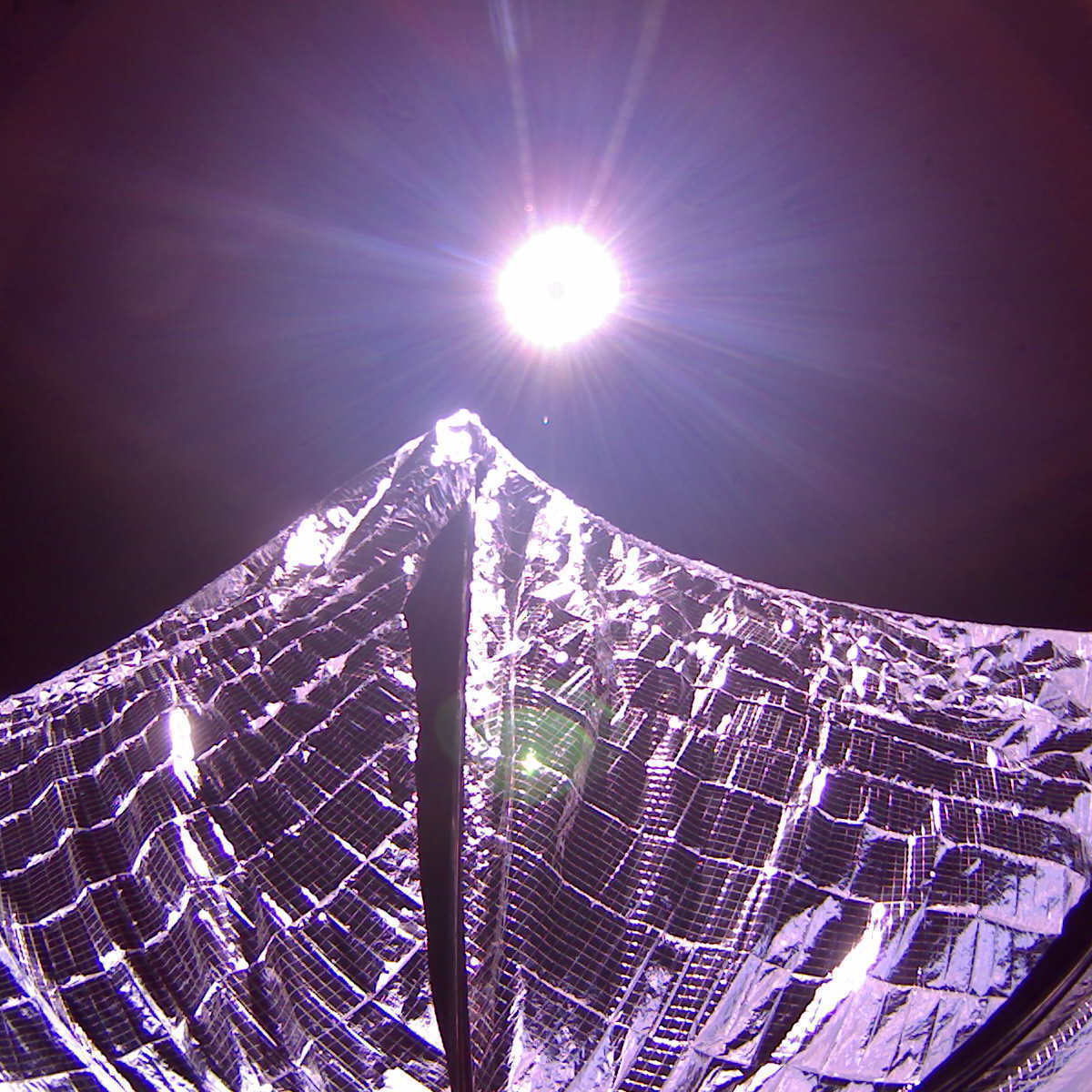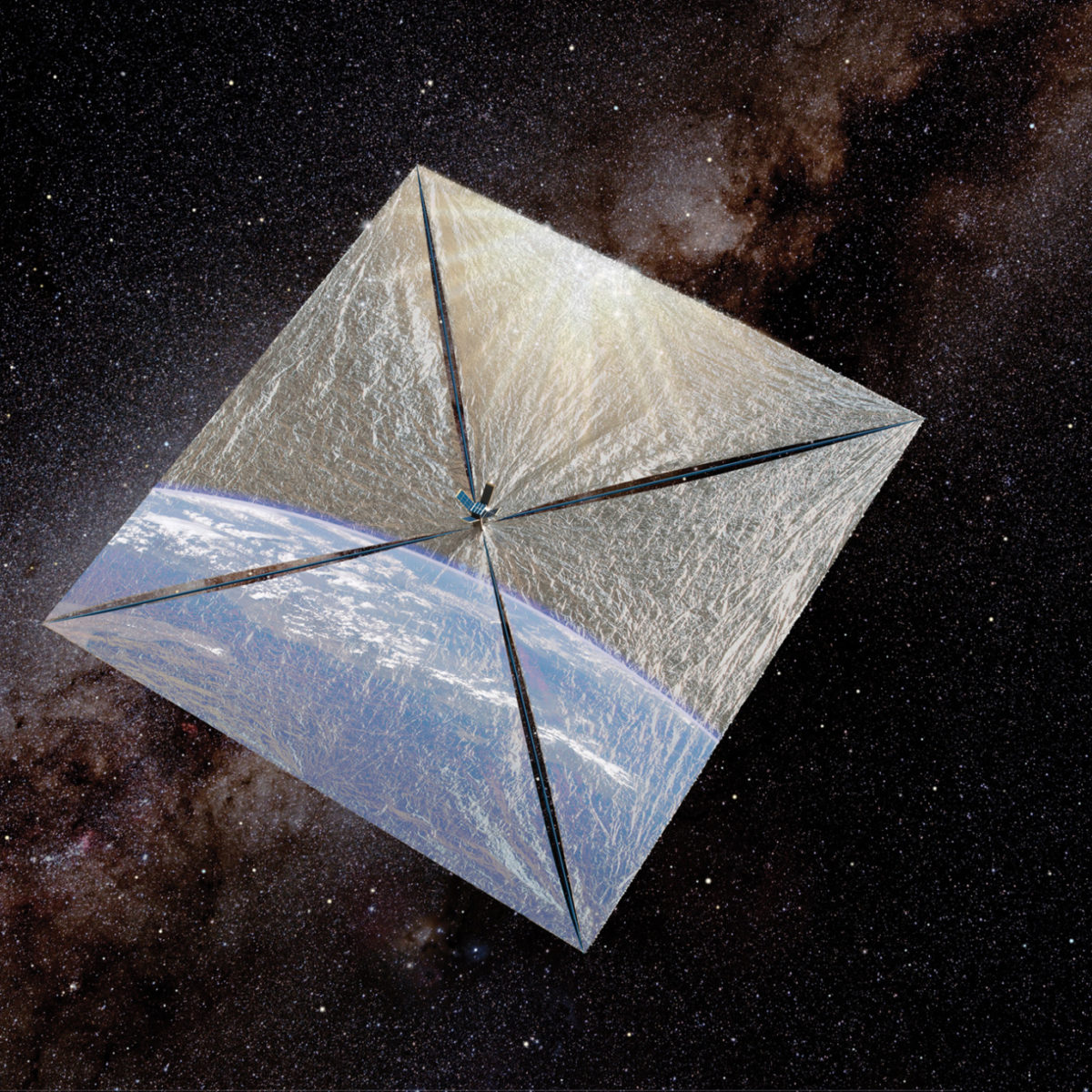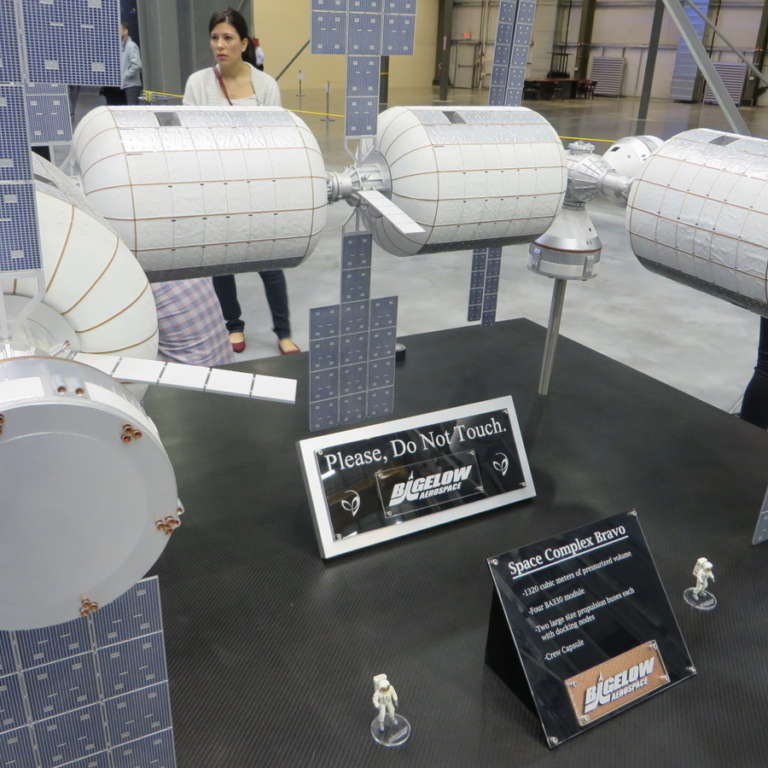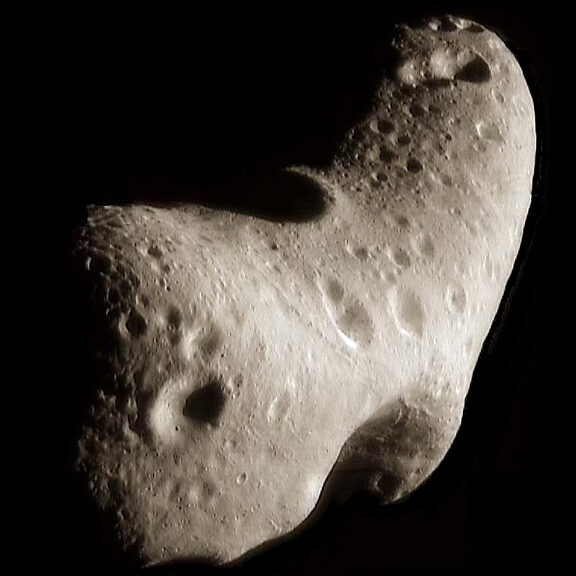Since 2002, Planetary Radio has visited with a scientist, engineer, project manager, advocate, or writer who provides a unique perspective on the quest for knowledge about our Solar System and beyond. The full show archive is available for free.
Search Planetary Radio
Planetary Radio returns to SOFIA, the Stratospheric Observatory for Infrared Astronomy, but this time we fly in the giant 747 turned telescope platform. It was a night to remember.
Planetary Radio talks with Jim Bell and Justin Maki, leaders of the development team for the most advanced camera ever planned for the surface of Mars.
We follow last week’s conversation with Ann Druyan about the $100 million funding of the Search for Extraterrestrial Intelligence by visiting with two of the scientists who will do the work: Dan Werthimer of UC Berkeley and Karen O’Neil of the Green Bank Telescope.
Join our live audience for highlights of an amazing evening, featuring Jim Bell, Bruce Betts, Mike Brown, Emily Lakdawalla, Linda Spilker, and Bill Nye the Science Guy.
SETI Institute scientist Jason Rowe returns to tell us about the smallest exoplanet so far that has had its size and mass determined. Jason also talks with Mat about our ever-expanding knowledge of these worlds that circle faraway stars.
Two visits with the Planetary Society Senior Editor this week, as Emily first provides an update on the Rosetta comet mission and then returns with an extended look ahead at the New Horizons Pluto encounter next week.
After a roller coaster ride that included a maddening eight-day silence, the LightSail test mission finally achieved all of its major goals. Leaders of the mission team gathered on June 10th to take questions from the media, and share their thoughts and emotions with the general public. Today’s show presents highlights of that briefing. Emily Lakdawalla is seeing things on Pluto, and she’s not alone. Bruce Betts takes Mat Kaplan on a walk in space during this week’s What’s Up segment.
Cassini Project Scientist Linda Spilker, returns with another update on the magnificent mission at Saturn. You’ll also hear Bill Nye and the moment when LightSail began to deploy its solar sail.
The road to space has been a rocky one for most spacecraft, and LightSail is no different. Challenges remain even with the May 20th launch of a test mission approaching. Embedded LightSail reporter Jason Davis checks in with the latest news.
Landing on Mars is hard, and the bigger you are, the harder it gets. Rob Manning returns to tell us about one of NASA’s best hopes for getting much bigger spacecraft down there—spacecraft that may one day carry humans.
A human mission to orbit Mars might be possible by 2033, and it might be accomplished at reasonable cost and with existing or nearly-ready technology. Three leaders of a recent Washington DC conference on this topic provide a report.
Bigelow Aerospace’s BEAM expandable/inflatable space module will be attached to the International Space Station later this year. Mat travels to the company’s headquarters for a conversation with founder and CEO Robert Bigelow.
Senior Editor Emily Lakdawalla has returned from the Lunar and Planetary Science Conference in Texas with the latest revelations about our solar system. She shares them in an extended report.
Planetary scientist and author Jim Bell has just written “The Interstellar Age—Inside the Forty-Year Voyager Mission.” He talks with Mat Kaplan about the magnificent grand tour of the outer solar system that is now headed toward the stars.
ARM is the Asteroid Redirect Mission, and sometimes it seems that it doesn’t have a friend in the world. But it does, and Jonathan Goff of Altius Space Machines is one.
The Beagle 2 Mars lander disappeared after it separated from the Mars Express orbiter on Christmas Day, 2003. Eleven years later, it has been found, partially-deployed on the Martian surface. Longtime Beagle 2 mission leader Mark Sims tells the story.
Robina Shaheen and Mark Thiemens tell us how an ancient Mars meteorite has revealed much about the red planet. Mat holds a tiny fragment of the rock in their UC San Diego lab.
The Planetary Society has just announced that LightSail will be launched into orbit on its first test flight in May. We’ll talk with Project Manager Doug Stetson and embedded LightSail reporter Jason Davis about what to expect.
Astronomer and planetary scientist Courtney Dressing is the lead author of research that may have found the formula for the mass and composition of Earth-like planets. She reveals the ingredients and why she spent time at JPL while in high school.
Joe Liske, host of Hubblecast, is also the top scientist on the European Southern Observatory’s European Extremely Large Telescope (E-ELT), now under construction on a Chilean mountaintop. “Dr. J” tells us what this largest ever telescope will help us discover.


 Explore Worlds
Explore Worlds Find Life
Find Life Defend Earth
Defend Earth




















